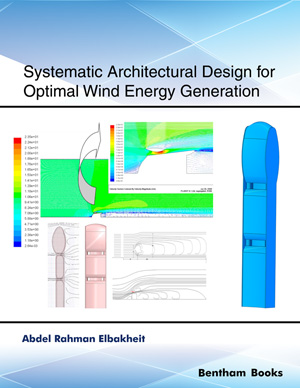Abstract
Understanding cell-matrix interactions is crucial for the development of suitable three-dimensional (3D) scaffolds for tissue regeneration. Cell adhesion, migration, proliferation, differentiation, and signaling on two-dimensional (2D) planar substrates have been extensively studied for over three decades, generating considerable knowledge suggesting that cells can sense multiple features of the extracellular matrix (ECM), integrate that information, and respond to it. However, the cells in the body reside in and interact with a nano-structured 3D ECM network, and increasing evidence has shown that the cellular responses to the 3D environment are significantly different from those of 2D substrates. This chapter describes the current advances in controlling cellular responses to 3D scaffolds. The techniques of tailoring scaffolding chemical composition, architecture, and rigidity are highlighted from the biomaterials aspect, and their applications to regulating cell-scaffold interactions are illustrated.
Keywords: Biomaterials, cell-material interaction, scaffold, three-dimensional, tissue engineering.





















